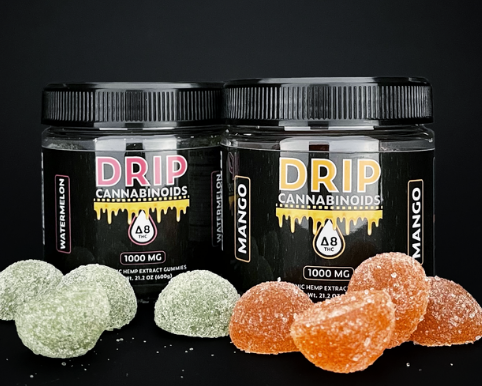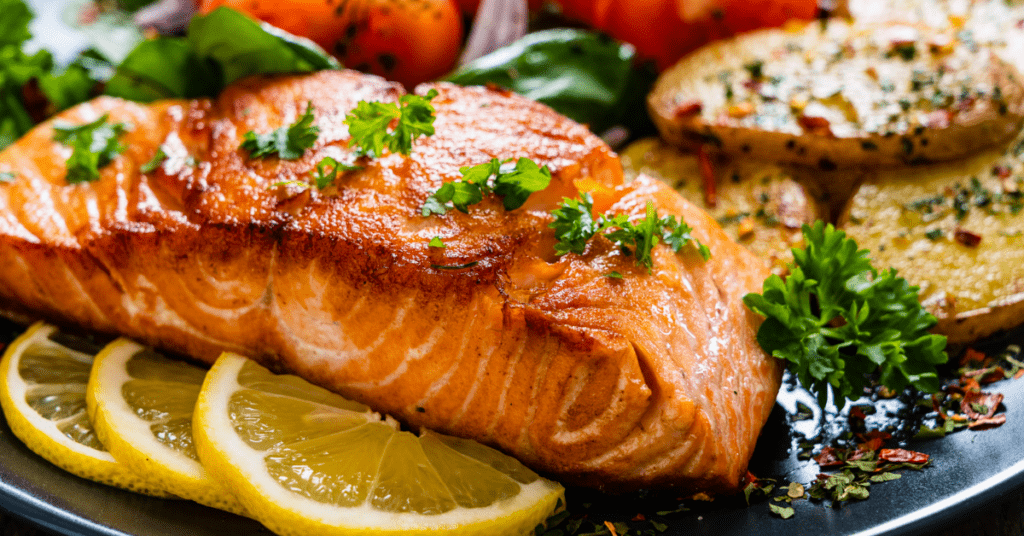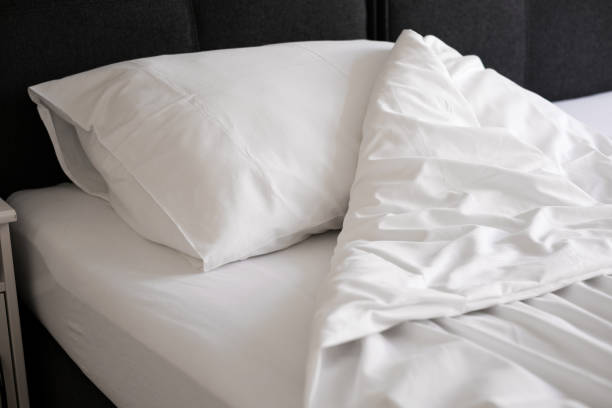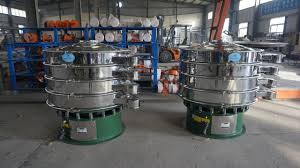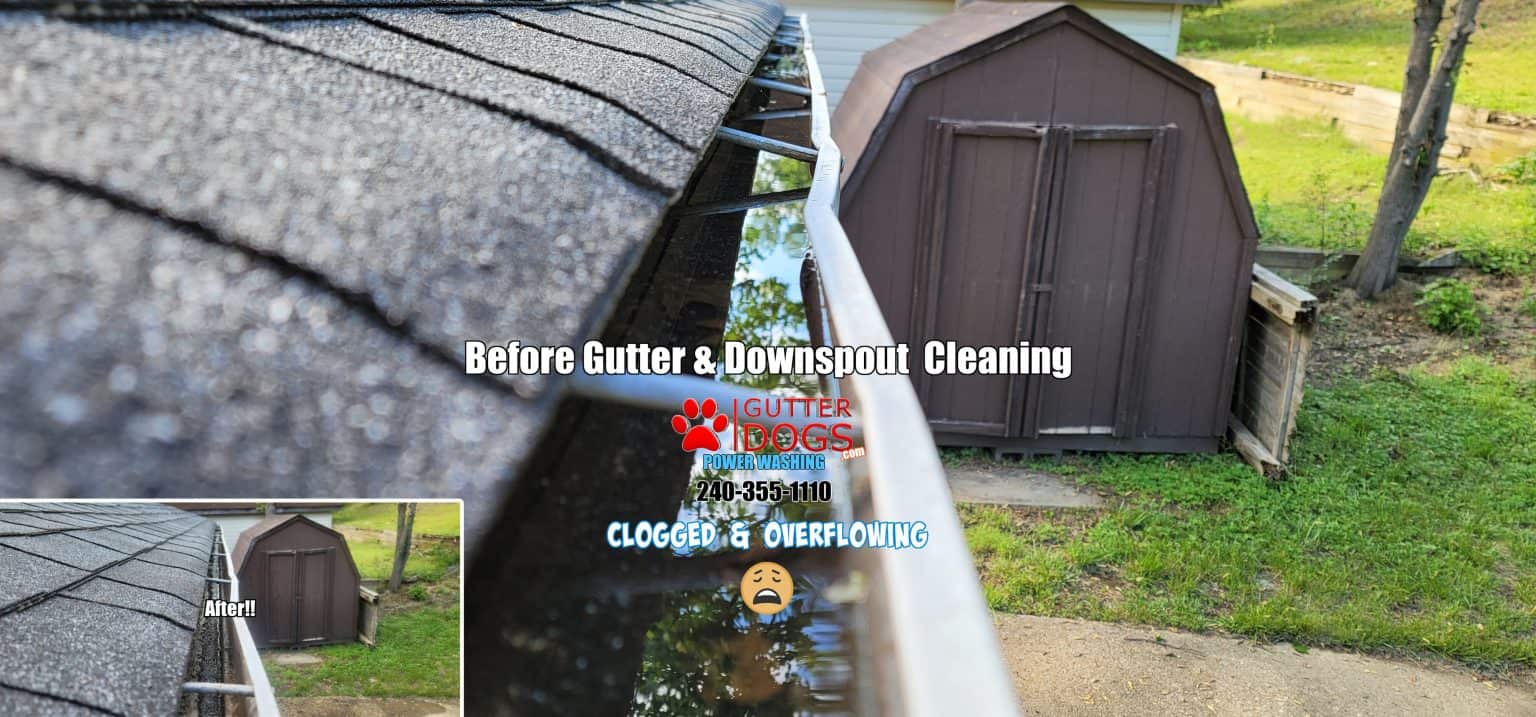Aluminum bronzes are a gathering of composites, most usually founded on copper alloyed with tin, yet can likewise allude to a combination of copper and different metals (like aluminum, silicon, and nickel). Metals are essentially more resolute than metals, yet they have a more outrageous level of protection from consumption. They are for the most part utilized when extraordinarily adaptable properties are typical no matter what the obstruction of purpose. For instance, beryllium copper accomplishes the best strength (up to 1,400 MPa) of any copper-based composite.
click here DenseMe
Strength Of Bronze
In the mechanics of materials, the strength of a material is its capacity to endure an applied burden without yielding or plastic misshapening. The strength of a material is fundamentally considered the connection between the applied outside load on the material and the resulting curving or change in material disposition. The strength of a material is its capacity to bear this applied burden without brokenness or plastic disfigurement.
Mechanical Properties Of Bronze
The materials are picked for different applications since they have gainful mixes of mechanical qualities. For fundamental applications, material properties are significant and engineers should contemplate them. density of bronze
Thickness Of Bronze
Generally speaking, the alloying of copper with another metal, for instance tin, started around 4000 years after the refining of copper, and “normal bronze” came into normal use around 2000 years sometime later. Tidied up later. The Bronze Age is described by a more experienced course of refining one’s own copper and diffusing it with different metals like tin, arsenic or composites. Bronze, or bronze-like composites and its combinations, was utilized for coins over a huge stretch. Bronze is still broadly involved today for springs, headings, bushings, vehicle transmission pilot bearing, and comparable fittings, and is particularly normal during little electric trains. Metal and bronze are normal arranging materials in present day planning and are fundamentally used to ponder cladding materials and their visual appearance.
Various substances have a clear thickness on the pneumatic power. Thickness is communicated as mass per unit volume. This is an essential property, numerically demonstrated as mass separated by volume: = m/V
In general, the thickness (ρ) of a substance is the complete mass (m) of that substance separated by the outright volume (V) of that substance. The standard SI unit is the kilogram per cubic meter (kg/m). The standard English unit is the pound mass per cubic foot (lbm/ft3).
The thickness of bronze is 8770 kg/m3.
Model: Thickness
Find the level of a 3D square made of bronze weighing one metric ton.
Official:
Thickness is communicated as mass per unit volume. It is shown numerically that mass is isolated by volume: = m/V
Since the volume of a figure is 33% of its sides (V = a3), the level of the block isn’t totally organized as follows:
Material Thickness – Condition
Solid size level = 0.485 m.
Material Thickness
Area by-Part Summary – Thickness of Articles
ludicrous endurance
A run of the mill malleability of aluminum bronze – UNS C95400 is roughly 550 MPa.
A run of the mill elasticity of tin bronze – UNS C90500 – gunmetal is around 310 MPa.
The obvious flexibility of Copper Beryllium – UNS C17200 is roughly 1380 MPa.
Yield Strength – Corrupting Adaptability – Part by segment keeps the best in a given robustness planing pressure strain bend. Stress-related can best be supported by an arrangement under tension. Hostile ingenuity is frequently consolidated to “flexibility” or “hostile”. The assumption that this strain is applied and one remaining parts mindful of it, a break will result. Frequently, this worth is a lot higher than the yield pressure (50 to 60 percent above yield for certain kinds of metals). At unequivocally the very time that a pliable material arrives at its clear strength, it encounters clasping where the cross-sectional region diminishes idly. A pressure strain twist doesn’t have a chief pressure more prominent than a particular strength. Despite the fact that the misshapenings keep on enlarging, when the degradative strength is accomplished, the heaps generally kick the bucket. This is a significant resource; Appropriately its worth doesn’t rely upon the size of the test. By, it relies upon different variables, like the availability of the occasion, the presence or in any case of surface flaws, and the temperature of the test climate and material. A run of the mill hardness change for aluminum goes from 50 MPa to 3000 MPa to make up for the exceptionally high strength.
Yield Strength
The yield strength of aluminum bronze – UNS C95400 is around 250 MPa.
The yield strength of tin bronze – UNS C90500 – weapon metal is around 150 MPa.
Copper Beryllium – UNS C17200 has a yield strength of roughly 1100 MPa.in curve demonstrating a degree of versatile way to deal with forming.and the essentially plastic way to deal with acting. Yield strength or yield pressure material is property portrayed as the strain at which a material starts to misshape plastically; but yield point is where nonlinear (adaptable + plastic) mishappening starts. Before the yield point, the material will misshape deftly and will get back to its exceptional shape when the applied strain is taken out. Right when the yield point is passed, some unobtrusive measure of the twisting will be truly strong and non-reversible. Two or three plans and different materials show a direct named yield point erraticism. Yield qualities shift from 35 MPa for a low-strength aluminum to more perceptible than 1400 MPa for staggeringly high-strength game plans.
Fiery Modulus Of Adaptability
Youthful’s modulus of flexibility of aluminum bronze – UNS C95400 is around 110 GPa.
Youthful’s modulus of flexibility of tin bronze – UNS C90500 – weapon metal is around 103 GPa.
Youthful’s modulus of flexibility of copper beryllium – UNS C17200 is around 131 GPa.
The Youthful modulus of versatility is the versatile modulus for moldable and compressive strain in the straight flexibility plan of a uniaxial misshaping and is overall regulated by sensible tests. Up to a limiting strain, a body will truly have to recuperate its perspectives upon launch of the heap. The applied loads make the particles in a valuable stone move from their congruity position. The particles are all taken out to a practically identical total regardless to remain mindful of their relative assessment. Precisely when the nerves are taken out, every one of the particles return to their excellent positions and no reliable deformity happens. As per Hooke’s rule, the pressure is near with the strain (in the versatile region), and the tendency is Youthful’s modulus. Youthful’s modulus is indistinguishable from the longitudinal pressure isolated by the strain.

